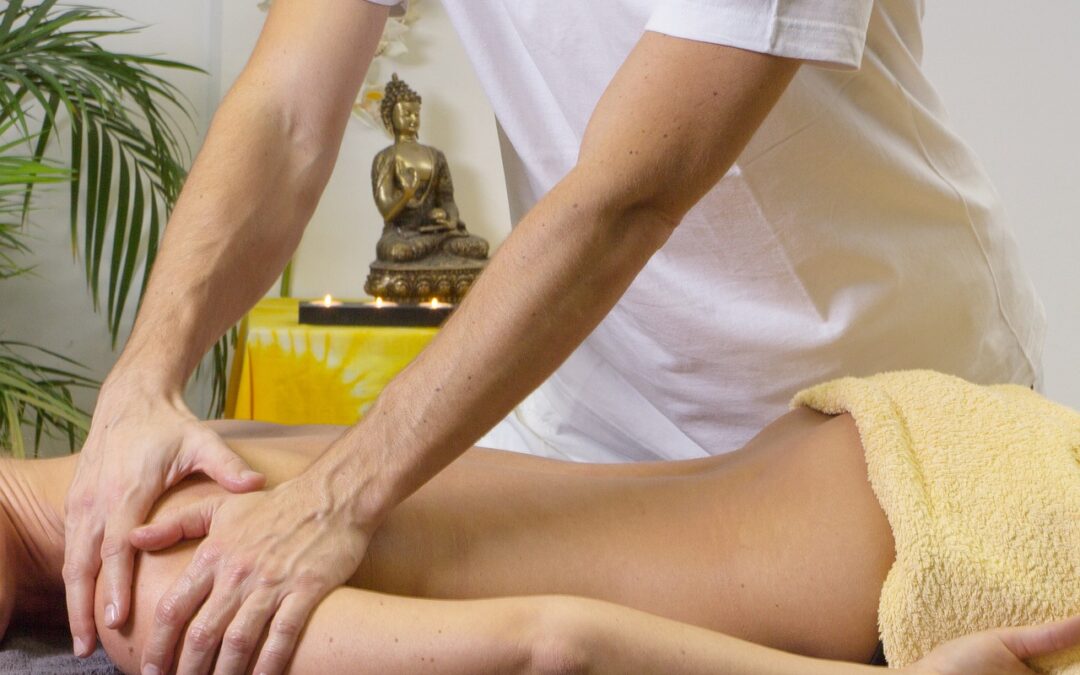Two Massage Traditions, One Common Goal
Massage therapy is widely recognized as an effective way to reduce stress, ease physical tension, and support overall well-being. Among the many types available, Thai and Swedish massages are two of the most frequently requested. While they share the common goal of improving body function and relaxation, the methods they employ differ greatly. Understanding these differences helps clients make informed choices based on their personal health goals and preferences.
Defining Each Massage Style
What Is Thai Massage?
Originating over two millennia ago in Thailand, Thai massage is often described as a blend of yoga, assisted stretching, and acupressure. The recipient remains clothed during the session, which takes place on a padded floor mat rather than a massage table. The therapist uses their body weight, hands, elbows, and feet to stretch and apply rhythmic pressure along the body’s energy lines.
What Is Swedish Massage?
Swedish massage is a Western therapy style that focuses on soft tissue manipulation using oil or lotion. It typically involves long, gliding strokes, kneading, and circular movements on superficial muscle layers. Conducted on a massage table, Swedish massage usually requires partial disrobing, with professional draping to ensure modesty and comfort.
Benefits Unique to Each Method
Thai Massage Benefits
-
Increased flexibility and joint range of motion
-
Energizing effects due to stimulation of energy lines
-
Suitable for people who enjoy movement and stretching
Swedish Massage Benefits
-
Decreased muscle soreness and tension
-
Improved circulation and lymphatic drainage
-
Ideal for stress relief and general relaxation
Which One Fits Your Needs?
Selecting the right massage depends on your physical condition, stress levels, and personal preferences.
Choose Thai Massage If You:
-
Prefer remaining clothed
-
Enjoy yoga or stretching
-
Want a full-body, dynamic experience
-
Need improved mobility or energy balance
Choose Swedish Massage If You:
-
Are looking for gentle, relaxing touch
-
Want to relieve surface-level muscle tension
-
Prefer to lie still without movement
-
Desire an oil-based massage in a spa setting
Considerations Before Booking
Each method may offer benefits, but not all are appropriate in every case. Clients with chronic back pain, joint injuries, or circulation disorders should consult a healthcare provider before receiving any massage therapy. Moreover, those seeking private, convenient sessions in their own homes might consider localized services such as 홈타이, which offer Thai massage in a more comfortable and familiar setting.
Quick Tips:
-
Communicate clearly with your therapist about pressure preference or discomfort.
-
Drink water before and after your session.
-
Allow time to rest and recover afterward, especially for deeper treatments.
Making the Final Decision
Both Thai and Swedish massages can provide meaningful relief from the demands of modern life. However, they serve different purposes and appeal to different needs. Thai massage emphasizes active engagement and energy flow, while Swedish massage focuses on calming touch and muscle relaxation. Neither is inherently better—the right choice depends on your current physical and emotional state.
Closing Thoughts
Massage is more than a luxury—it’s a method of preventive care that supports the body’s natural ability to heal and restore itself. Choosing between Thai and Swedish massage comes down to understanding your own preferences and goals. If you seek something active and physically engaging, Thai massage may be the ideal fit. If your priority is stress relief through gentle pressure, Swedish massage could be the better option.
Whether on a mat in traditional Thai fashion or on a table under dimmed lights, the benefits of quality massage therapy extend far beyond the session itself. By taking the time to learn what each style offers, you set yourself up for a more personalized and effective healing experience.

